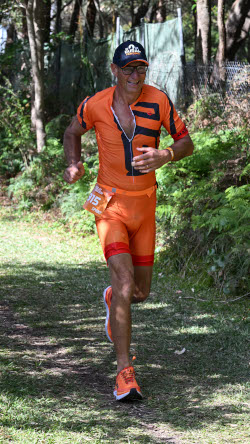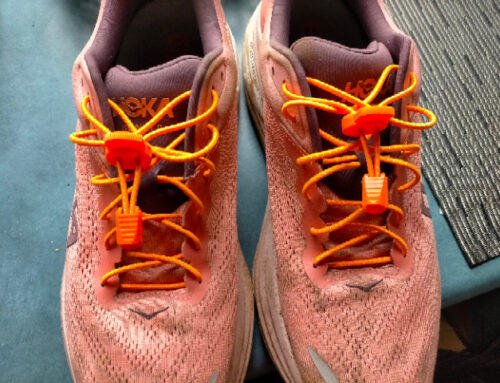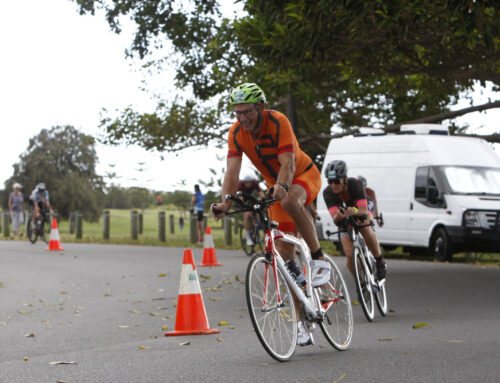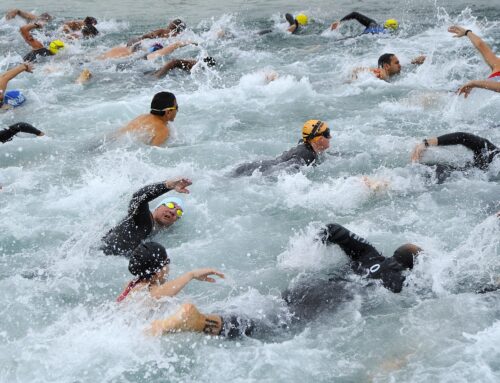Integrating Races into Your Training Plan
Many athletes taper before each race and focus on recovery afterward, but this can cause fitness losses as freshness (or form) is prioritized. An alternative approach is to classify races as A, B, or C events and adjust tapering and recovery accordingly:
- A Races – These are your most important races, so choose no more than three per year, especially for longer events like marathons or medium or long triathlons. Prioritise full tapering and ample recovery time for peak performance and proper recovery.
- B Races – These are optional. For example, if you’re a triathlete, a half-marathon could be a solid B race to build strength. Though not central to your main goals, you can taper lightly and still race hard and allow for some recovery afterward.
- C Races – C races are perfect for sharpening your race skills without a full taper. These should be short events, like sprint triathlons or local 5Ks. Race at about 80-90% effort to avoid overexertion and limit recovery to just a day or two. Remember, the outcome doesn’t matter; it’s a training activity!
By grading races, you can build and maintain fitness over the season, balancing race performance with consistent progress.
Here’s a more in dept discussion of integrating race days into your training regime:
Benefits of Including Racing in Your Training
Racing isn’t just about competing; it’s an essential tool for training itself. By strategically incorporating races into your training plan, you can build fitness, refine race-day skills, and measure your progress, and for highly technical events, like triathlons this has the added advantage of training all aspects of racing like transitions. Here’s how:
- Benchmarking Progress
Races give you a tangible way to assess your fitness and see where your training is paying off. Using shorter or less intense “C” races as benchmarks, you can check performance without heavy tapering, providing useful insights into your stamina, speed, and overall readiness. - Building Mental Toughness
Racing conditions can’t be fully replicated in training, which makes race days uniquely valuable for honing mental resilience. Competing alongside others in a race setting challenges you to stay focused, manage stress, and push your limits, helping you adapt to higher pressure situations over time. - Fine-Tuning Strategy and Technique
Races, especially C races, are a great opportunity to test strategies like pacing, fueling, and mental techniques that may differ for various race distances but especially transitions for triathles . Experimenting with these elements in a lower-stakes race prepares you for your primary events, giving you the experience to refine and improve. - Enhancing Specific Fitness Gains
Different race types and intensities can address specific aspects of fitness, such as anaerobic capacity, speed, or endurance. A short, high-intensity race can function as a quality workout that increases power and speed. I think for triathletes, C-races should be sprint races, because these are short and fast they are a great balance for Silver Wolves that race in long distance events. - Maintaining Motivation
Regular racing can add excitement and variety to your training plan. Having races to look forward to helps you set mini-goals along the way, keeping you motivated and engaged with your progress and making training more enjoyable. I race at least once a month, during the triathlon season to keep my motivation high. There’s nothing as motivation as race day! - Adapting to Real-World Conditions
Each race provides a learning experience on variables like weather, course profile, crowd conditions, and even unexpected setbacks. By racing regularly, you become more adaptable and confident handling whatever the day brings, which will serve you well on the big day.
Including A, B, and C races in your training program isn’t just about testing fitness—it’s about developing a race-day mindset, building resilience, and keeping your body and mind ready to perform at your best.







